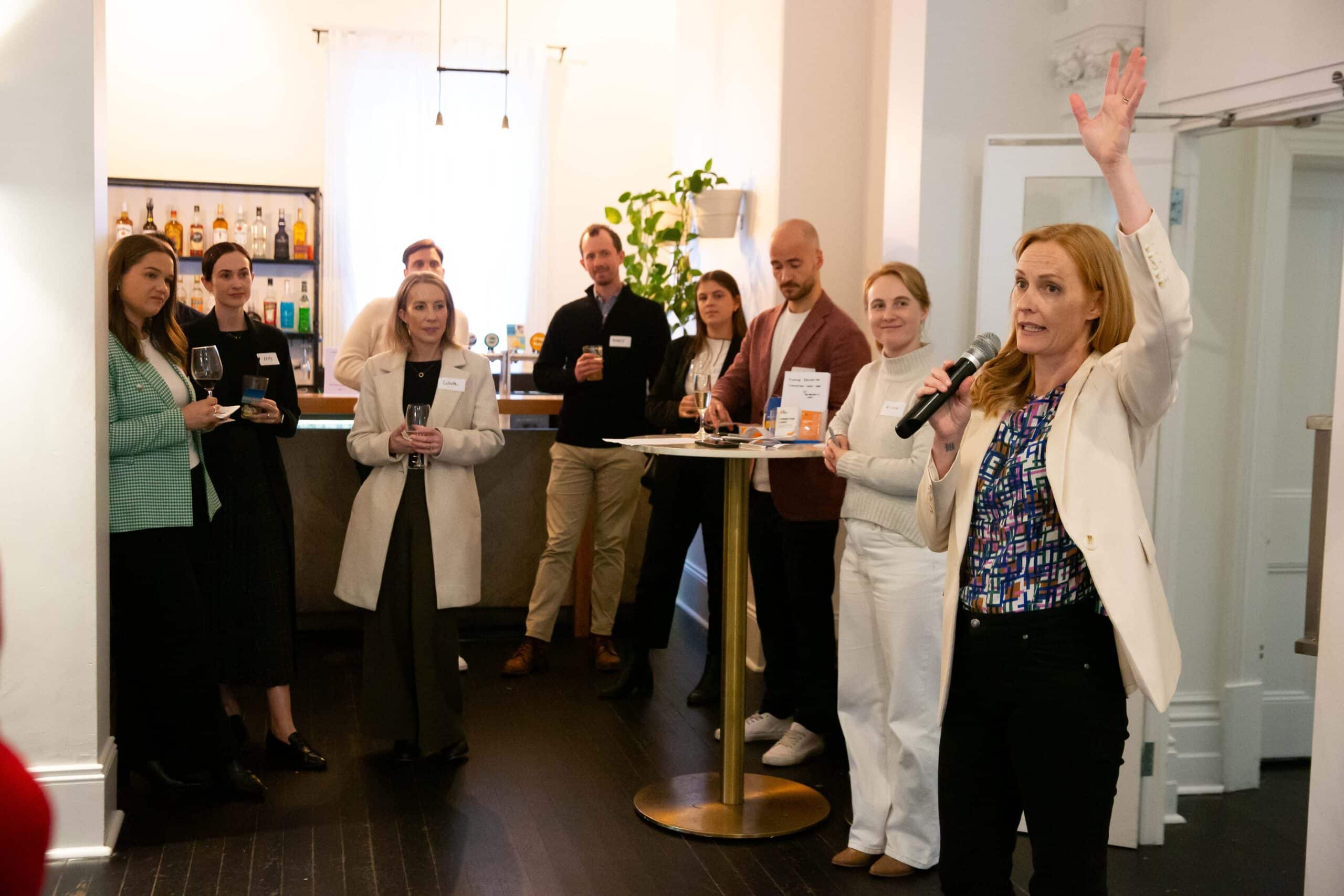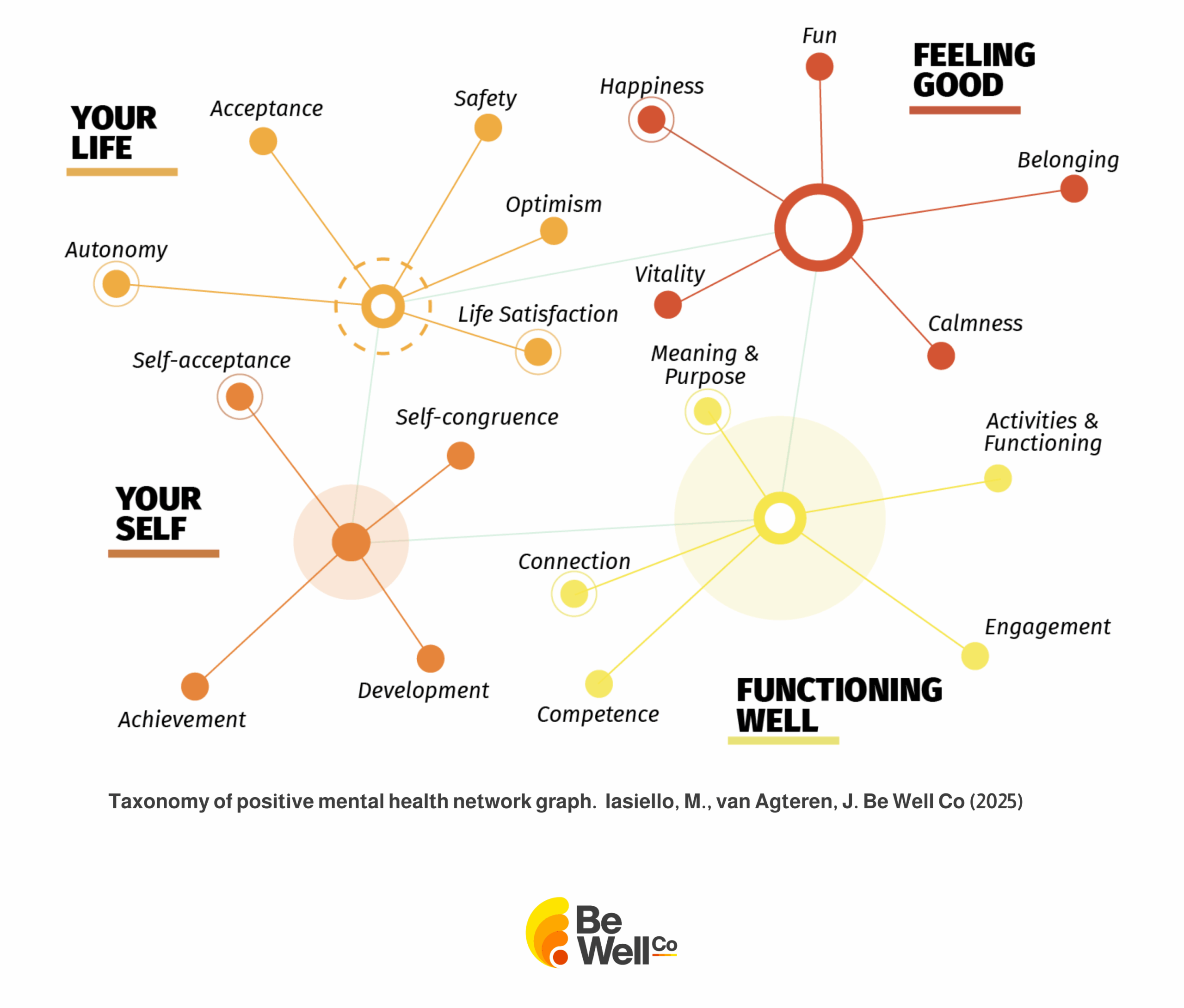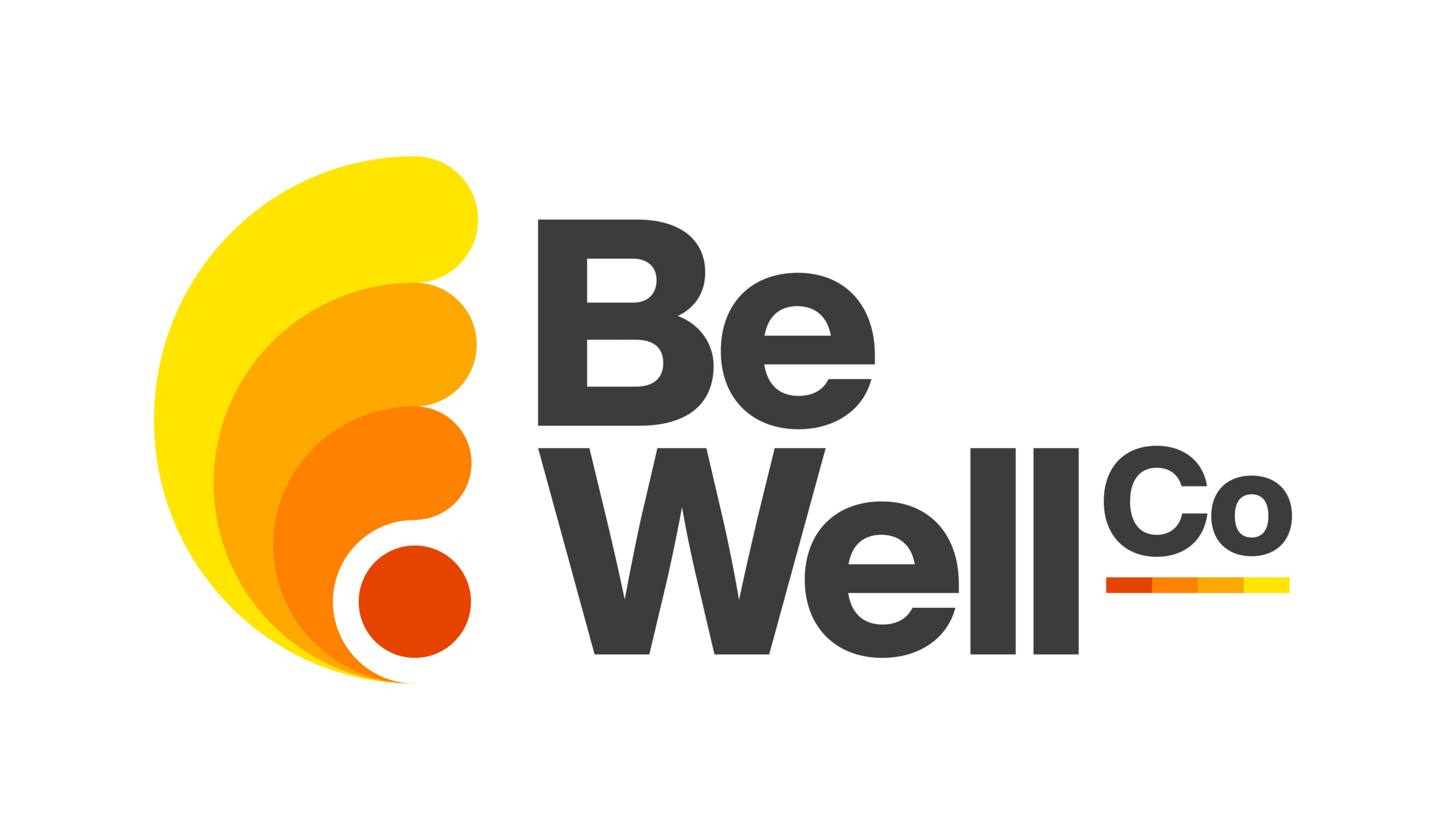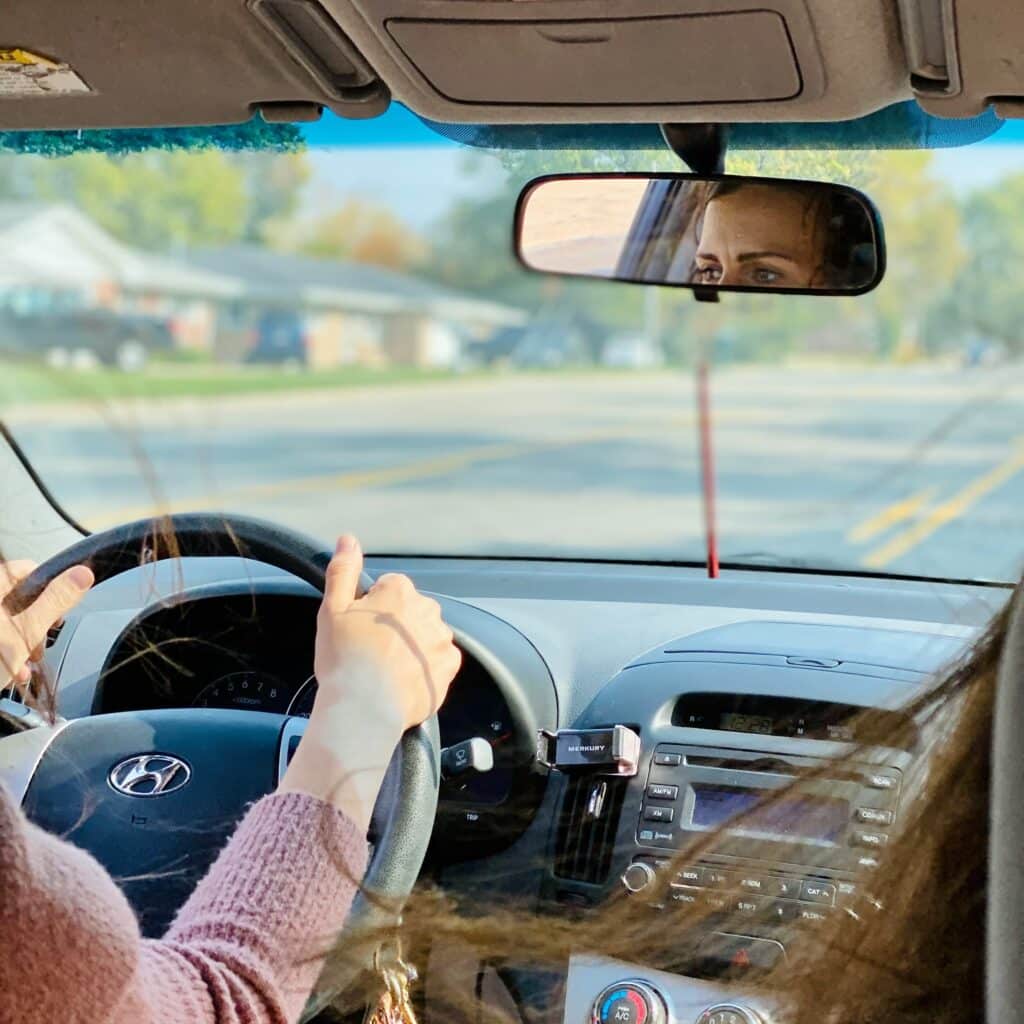From the perspective of a mother
This is the second in our two-part blog series exploring the themes of the British miniseries Adolescence, this time from a parent’s perspective. Written by our Head of Chief Transformation Officer, Amy Smith. If you missed part one—A Psychologist’s View on Adolescence—you can catch up here.
For parents of adolescent children watching the Netflix series Adolescence, one of the most unsettling aspects is the sickening realisation of how closely the show mirrors the actual challenges and dangers our children face in today’s digital world. It also highlights how disconnected and underprepared many of us feel when it comes to understanding that world.
Here’s why it scared Amy so much:
The scariest thing: the mirror to reality
1. Exposure to real-life risks
The series vividly portrays cyberbullying, online predators, privacy invasions, and the psychological toll of social media pressure. As a parent, what’s truly terrifying is recognising that these aren’t just fictional plot lines—they’re real possibilities in our children’s lives. And the hardest part? Your child might be navigating these harmful conditions every day without saying a word.
2. Normalisation of risky behaviour
Adolescence shines a light on behaviours that feel deeply alarming to us as parents—like oversharing online, engaging in social media “challenges,” or casual substance use. These behaviours are often portrayed so casually that they risk becoming normalised. Just because it’s common doesn’t mean it’s okay. Parents are right to worry that these portrayals could desensitise their kids to very real dangers.
3. The hidden digital life
Perhaps most confronting is the reminder that much of our teen’s life now happens outside our view, in the digital realm. What’s out of sight becomes harder to guide. The fear that your child is being exposed to harmful ideas, people, or pressures without your knowledge is real—and deeply unsettling. How do you confront something you can’t even see?
Image source // NETFLIX
4. Mental health concerns
The show doesn’t shy away from depicting anxiety, depression, and identity crises triggered by online pressures. It’s scary to think our children might be suffering silently—especially when the culture of constant connectivity, comparison, and perfectionism is so relentless. Where do you begin when the problem is invisible?
5. Lack of control
Perhaps the most universal fear: feeling powerless. The digital world is evolving faster than any of us can keep up with, and that leaves many parents feeling permanently one step behind. When we can’t fully understand or manage what’s influencing our child’s worldview, it creates a profound sense of helplessness.
So, what can we do about it?
The good news is: we’re not helpless. We can’t shut off the internet, and we can’t be everywhere at once—but we can build stronger, more connected relationships with our kids. Here’s how we can better support them through this wild phase of life:
- Educate yourself
Start by learning about the platforms your child uses. Know the risks, know the tools, and know the signs of distress. Understanding the digital landscape won’t solve everything—but it will help you feel less in the dark.
- Make conversations casual and safe
Open dialogue is everything—but it doesn’t have to be “The Talk.” Sometimes the best chats happen on a drive to get takeaway, walking the dog, or while folding laundry. For Amy, she found her kids are more likely to share when we’re side-by-side, not face-to-face. Avoid making it feel like an interrogation.
Use shows like Adolescence as a conversation starter. You might say:
-
“That scene made me think—have you ever seen stuff like that online?”
-
“What would you do if that happened at your school?”
This shows you’re curious—not accusatory.
- Set boundaries, not just rules
Be clear about online boundaries: screen-free bedrooms, limited social media time, and respectful behaviour online. But frame it around why. Help them connect the dots between boundaries and their own wellbeing. Encourage them to find offline activities they genuinely enjoy—and support them in doing those regularly.
- Be transparent about monitoring
Parental controls and monitoring apps can be helpful tools, but transparency matters. Explain your intent: “This isn’t about spying—it’s about keeping you safe while you learn to navigate this space.”
- Seek professional support when needed
If you notice changes in mood, sleep, appetite, or social connection, don’t hesitate to reach out for help. Counsellors and psychologists who specialise in adolescent mental health can offer practical strategies and support—for your child and for you.
- Foster offline connection
Simple routines make a difference. Whether it’s Uno No Mercy (a savage twist on family bonding), a mid-week movie night, or Taco Tuesdays with extended family—consistency creates safe, predictable spaces for connection. Over time, these moments become the backdrop for bigger conversations.
- Accept that the train has left the station
We can’t rewind to a pre-digital childhood. Our job isn’t to stop the journey, but to ride alongside them—curious, compassionate, and connected. Even when they act like they want us to leave them alone, deep down, they want us in their corner.
Final thoughts
Parenting teens today is a bit like living in the Twilight Zone. The rules have changed, the stakes feel higher, and the digital world adds a layer of complexity we never had to deal with growing up. But if Adolescence taught us anything, it’s that presence matters.
We won’t always get it right—but being available, informed, and open to connection gives our teens a stronger foundation to navigate their world.
If you haven’t already, you can read the first blog in this series—A Psychologist’s View on Adolescence—for more insight into the developmental and psychological themes of the show. Together, these perspectives paint a fuller picture of what our teens are up against—and what we can do to walk alongside them.
Author: Amy Smith – Head of Chief Transformation Officer, Be Well Co
Want to Read More?
 Wellbeing, Workplace
Wellbeing, Workplace
What does wellbeing that actually works (at work) look like?
Last week’s Fruit for Thought live in Adelaide: “Wellbeing that works across sectors” brought together leaders from finance, correctional services, and sport to unpack that question we all need to sit with. From the… 14 Oct 2025 3 min read Wellbeing
Wellbeing
New research maps what mental wellbeing really means
What do we mean when we talk about “mental wellbeing”? And why does it matter? A new study commissioned by the Victorian Department of Health’s Wellbeing Promotion Office has tackled one of the most… 09 Sep 2025 3 min read Workplace
Workplace




